10 Milestones Paving The Way To The iPad's Fifth Birthday
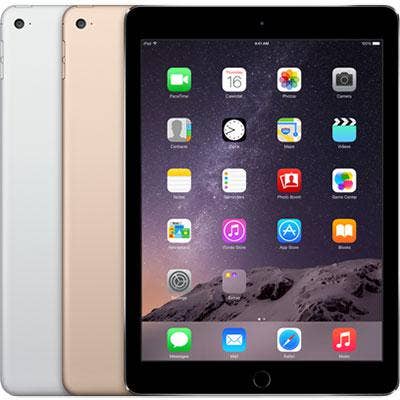
The iPad Turns Five
On April 3, 2010, when the tablet market was still in the throes of development, Apple released what it called a "magical and revolutionary device," or the iPad.
In the following five years, the iPad supercharged the popularity of the consumer tablet market as Apple worked to meet customer demands for a lighter, thinner and more portable device.
The iPad and its four generations of successors, as well as the iPad mini and iPad Air, shaped the quick growth, and subsequent decline in the later years, of the tablet market. Following are 10 milestones outlining how the iPad has transformed in the past five years.
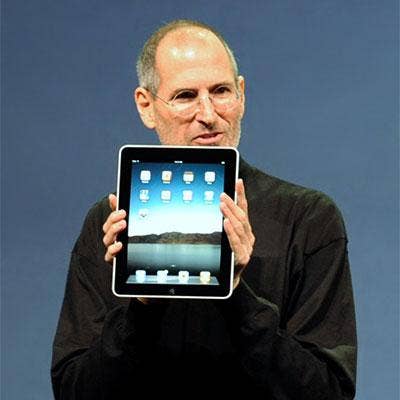
10. Apple's Announcement Of iPad Draws Mixed Reviews
When Apple first announced the iPad in January 2010, analysts butted heads over whether the new tablet would succeed as a result of the iPhone's success, or fail due to a lack of useful applications and the overall young tablet market.
In 2010, the tablet was a concept that had yet to gain traction with consumers, while laptops and netbooks ruled the portable device market.
But Apple resellers like Michael Oh, CEO of Boston-based Tech Superpowers, thought that, should the iPad live up to the digital and portable demands of consumers, as well as offer more context-aware gestures and touch interfaces, it would succeed in transforming the mobile ecosystem.
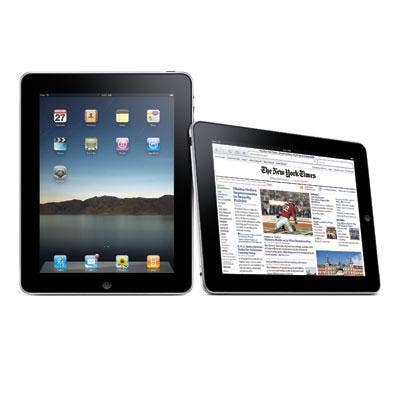
9. iPad Launch: A Slow Start
When the iPad was officially released on April 3, 2010, Apple announced it had sold more than 300,000 devices in the U.S. on the first day. That number was well below analysts' expectations of 400,000 to 700,000 units, according to the Wall Street Journal.
At .5 inch thick and weighing 1.5 pounds, the original iPad, priced at $499, delivered up to 10 hours of battery life. The new device, powered by Apple's A4 chip, also featured a high-resolution Multi-Touch interface and a 9.7-inch, LED backlit display.
Due to uncertainties surrounding the young tablet market, consumers were lukewarm toward the iPad, as reflected through the first day of sales. Yet Steve Jobs, the then-CEO of Apple, remained bullish on the iPad, calling it a "game-changer."
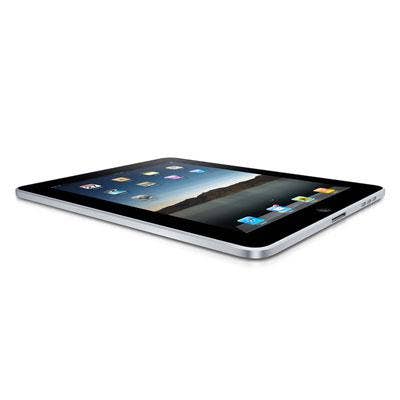
8. Apple Improves Portability Aspects In iPad 2
Despite a slow start, the tablet market became substantially more competitive after the iPad's release, and Apple reported it had sold 14.8 million tablet units in the following year, according to the Wall Street Journal.
Almost a year after the first iPad was launched, Apple released the iPad 2 in 2011, aiming to enhance some of the portability features of the first-generation tablet.
According to Apple, iPad 2 was 33 percent thinner and 15 percent lighter than the original, although it retained the same 9.7-inch screen. The iPad 2 also contained a new dual-core A5 processor, and added new features like a front-facing VGA camera for FaceTime capabilities as well as a rear-facing 720p HD camera.

7. Tablet Market Growth Shoots Up 261.4 Percent
Meanwhile, Apple's iPad pushed overall tablet sales out the roof between 2010 and 2011, representing the beginning of widespread adoption by consumers.
A Gartner report released in 2011 outlined this transformation, stating that worldwide end-user tablet sales were on pace to total 63.6 million units, which would be a 261.4 percent increase from 2010 sales of 17.6 million units.
In addition, Apple's iPad was projected to account for 73.4 percent of worldwide tablet sales in 2011, according to Gartner. Gartner said the iPad's cheap prices and unified experiences between its hardware, software and services were touting the device's success compared to other vendors.
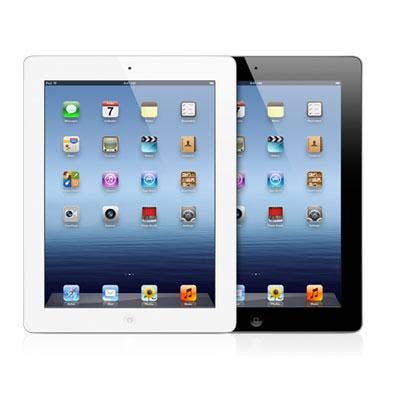
6. New iPad 3 Jam-Packed With Display Features
While Apple focused on portability improvements in the iPad 2, its third-generation device, released in March 2012, flaunted improvements to the tablet's display.
The iPad 3 contained an improved Retina display, delivering four times the number of pixels as its predecessors, making images and videos sharper. While the first and second iPad generations were shaky in initial sales, the iPad 3 scooped up 1.5 million sales in the first weekend after its release, according to Apple. Meanwhile, Apple dropped prices for the iPad 2 down to $399.

5. Apple Changes Direction With iPad Mini
Less than a year after the release of the iPad 3 in March, Apple released the iPad 4 and iPad Mini in November 2012, which both flaunted Apple's newest operating system, iOS 6.
Other than a new Apple-designed A6X chip, the iPad 4 shared similar display and portability features with previous Apple tablet generations. The iPad mini, however, took a completely different direction, with a smaller, 7.9-inch Multi-Touch display and a 23 percent thinner and 53 percent lighter design than the iPad 3. The iPad mini also was manufactured with a new aluminum and glass 7.2mm-thick design weighing .68 pounds, aligning it with similar features to iPhones.
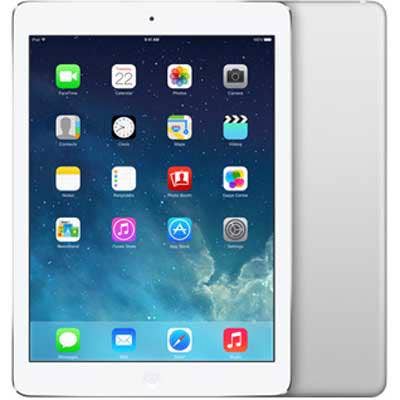
4. Apple Reveals iPad Air
In October 2013, Apple unveiled the 9.7-inch iPad Air, reflecting another redesign of its original iPad product.
While the iPad Air was larger than the iPad mini, it was manufactured to be 20 percent thinner and 28 percent lighter than the iPad 4, at just one pound. The iPad Air featured Apple's 64-bit A7 chip and cost $499. Both the iPad Air and the iPad mini also were equipped with Retina display to improve visuals.
The second generations of the iPad Air and iPad mini were released a year later, in 2014, featuring new tools such as TouchID and support for Apple Pay within apps.

3. Tablet Market Slows With Long Life Cycles, Rise Of Phablets
The tablet market slowed drastically in 2014 to 7.2 percent year-over-year growth, and for the first time since its launch in 2010, the iPad market began to decline, according to a report by IDC.
iPad sales dropped 12.7 percent in November 2014 in a year-over-year decline from the same period in 2013, according to IDC. Meanwhile, tablets on the Android platform saw 16 percent growth year-over-year, and retained the top spot for devices shipped in 2014 with 159.5 million shipments.
Analysts stated that Apple's tablet decline followed slower-than-expected replacement cycles for iPads due to legacy software support, as well as the spiking popularity of large-screened smartphones, or phablets, like the 5.5-inch iPhone 6 Plus.
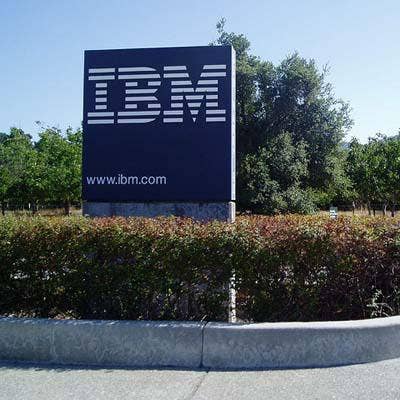
2. With Slow Growth In Consumer Market, Apple Looks To Push iPad Into Enterprise
Amidst recent challenges with Apple's iPad sales, the company has changed direction in reaching out to enterprise clients, as opposed to consumers, for tablet sales.
Apple and IBM partnered in December for their MobileFirst for iOS agreement, in which IBM would sell iPads, as well as iPhones, with industry-specific solutions to business clients worldwide, opening up enterprise opportunities for the iPad.
Meanwhile, reports of Apple exploring new enterprise-related avenues for its newest iPad model began circulating in early 2015, according to Bloomberg.

1. Looking Forward: Tim Cook Still Bullish On The iPad
Despite slow growth in the tablet market, Apple's CEO Tim Cook still remains bullish on iPads.
That's despite iPad sales falling 26 million units in the holiday quarter of 2014 from the December quarter in 2013, as Cook referenced during Apple's first-quarter earnings call in January.
"I see that the first-time buyer rates are very high," Cook said during Apple's earnings call. "When you have that kind of buyer rate, you don't have a saturated market. When you look at the customer [satisfaction] rates on the iPad, it's literally off the charts."